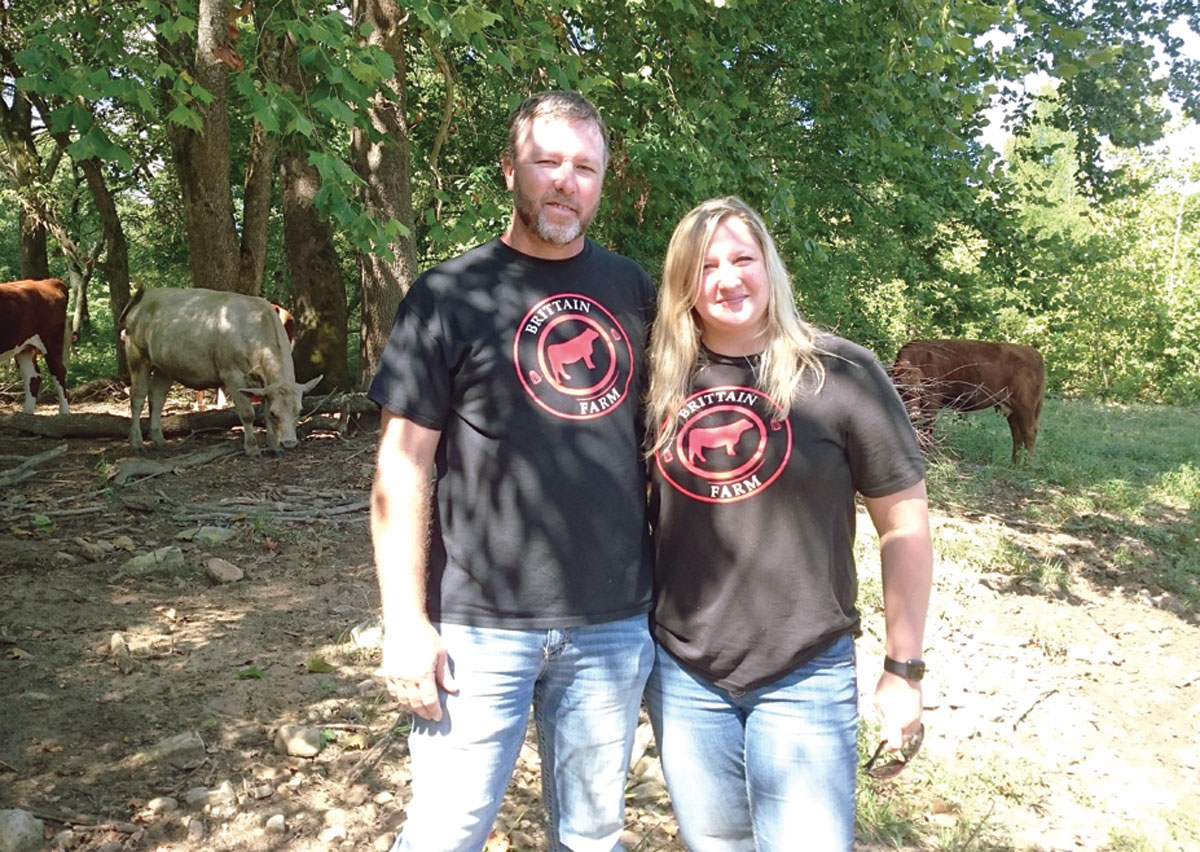
In 2008 Rebecca DeLong decided that it was time for a change after 14 years in the medical industry. She wanted to get back to the farm life, be her own boss and keep her own hours. Although Becky was raised on a dairy farm, she was quick to say it did not fully prepare her for her new career.
In the fall of ‘08 after much study and research, and the purchase of a small tract of brush covered land, Becky still had not found her niche. She wondered how she was going to cleanup her newly purchased parcel of land and the bigger question, how to make it profitable. It all seemed like a long and back breaking endeavor.
She decided goats were the answer to her dilemma. “We purchased 32 goats, including one buck. We want to build up a quality herd with the specific features we were wanting.”
Not just any breed would suffice. She wanted “elite meat” production bloodlines as opposed to the pet or milking breeds. The Boer breed was the answer. “Although Boer goats are one of the best meat producing goats they are more susceptible to getting parasites and diseases. You must have a good worming program and you need to frequently move them from lot to lot. There is a lot more to breeding and raising goats than you would think. They are different than cattle. They have different needs and different requirements. You really need to do your research before you purchase goats,” Becky said.
With the introduction of the Boer goat in the United States in the early 1990’s many small landowners and farmers, like the DeLongs took a quick interest in the opportunity of raising meat goats. When asked about the advantages of raising meat goats over other grazing livestock Becky remarked, “Per Greene County ordinance, you can have up to eight goats per acre of land, so high productivity per acre of land is achieved,” she noted. Since goats are natural ruminates and foragers they will select more than 50 percent of their daily diet from brush and broadleaf weeds if given the option, thus helping to cleanup pastures of unwanted vegetation.
Becky went on to say, "We have an area that is ideal for goat production due to the rocky terrain and demand for the meat product, especially with the ever-increasing ethnic diversity throughout the area.” With an eager base of ethnic consumers, the demand for goat meat continues to grow.
“I’m enthused and encouraged by the possibilities," Becky said. Today’s goat meat market does an estimated $30 million per year in business.
When asked what she looks for in an animal she'll keep in the herd, a quick response was the number of kids in the litter. “Twins and triplets are common in goats and we rarely see problems with birthing. They do well on their own and do not require assistance," she noted. Her kids range in size from 7 to 15 pounds at birth. Adults can weigh between 190 and 230 lb and mature bucks can weigh between 200 to 340 lb.
Even though Boer goats tend to be docile they are still spirited animals.
“Goats are bad to break out and get onto your neighbors property so it's a good idea to know your neighbor and be to be friendly with them. To a goat the grass always looks greener on the other side of the fence," she smiled.







